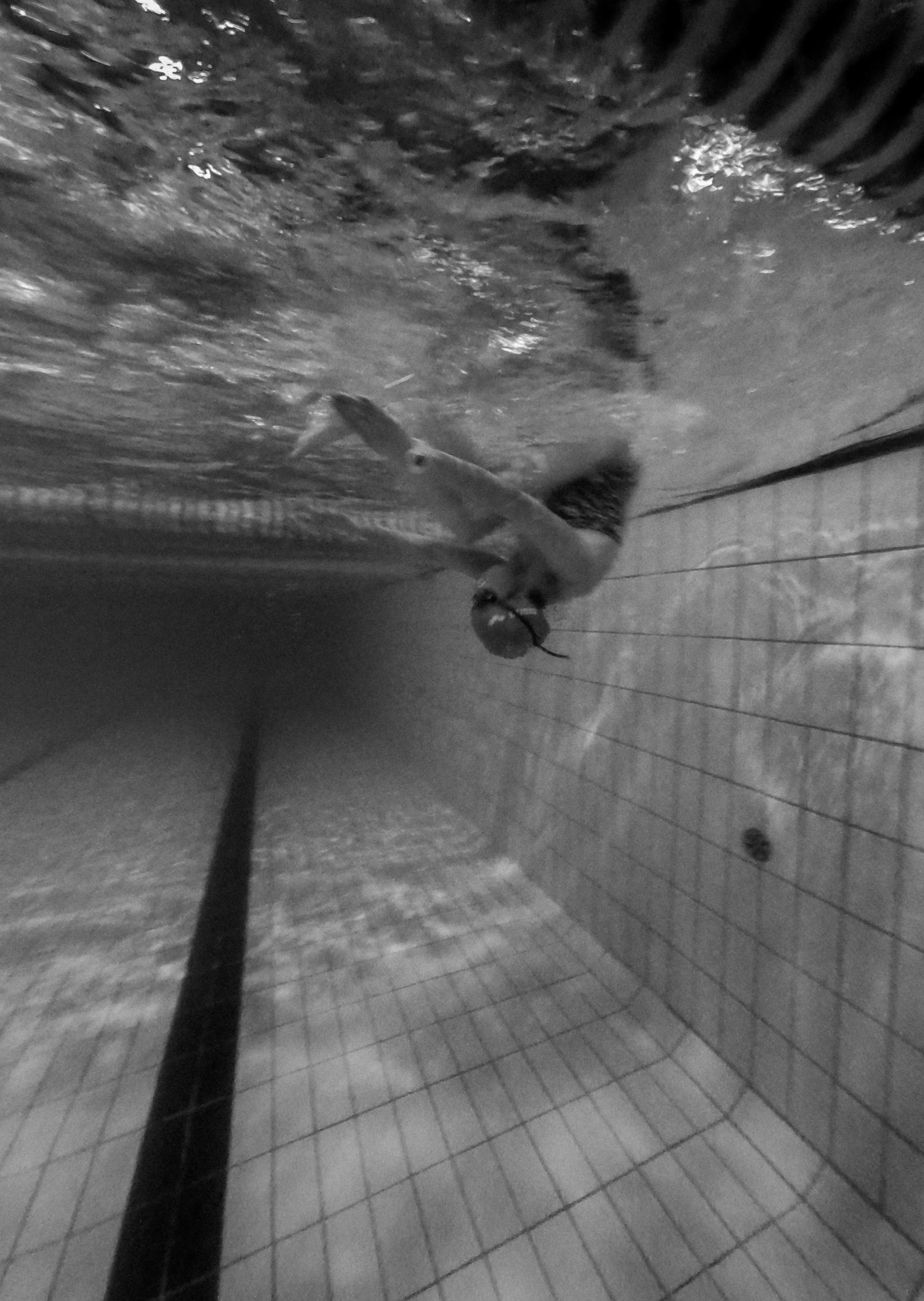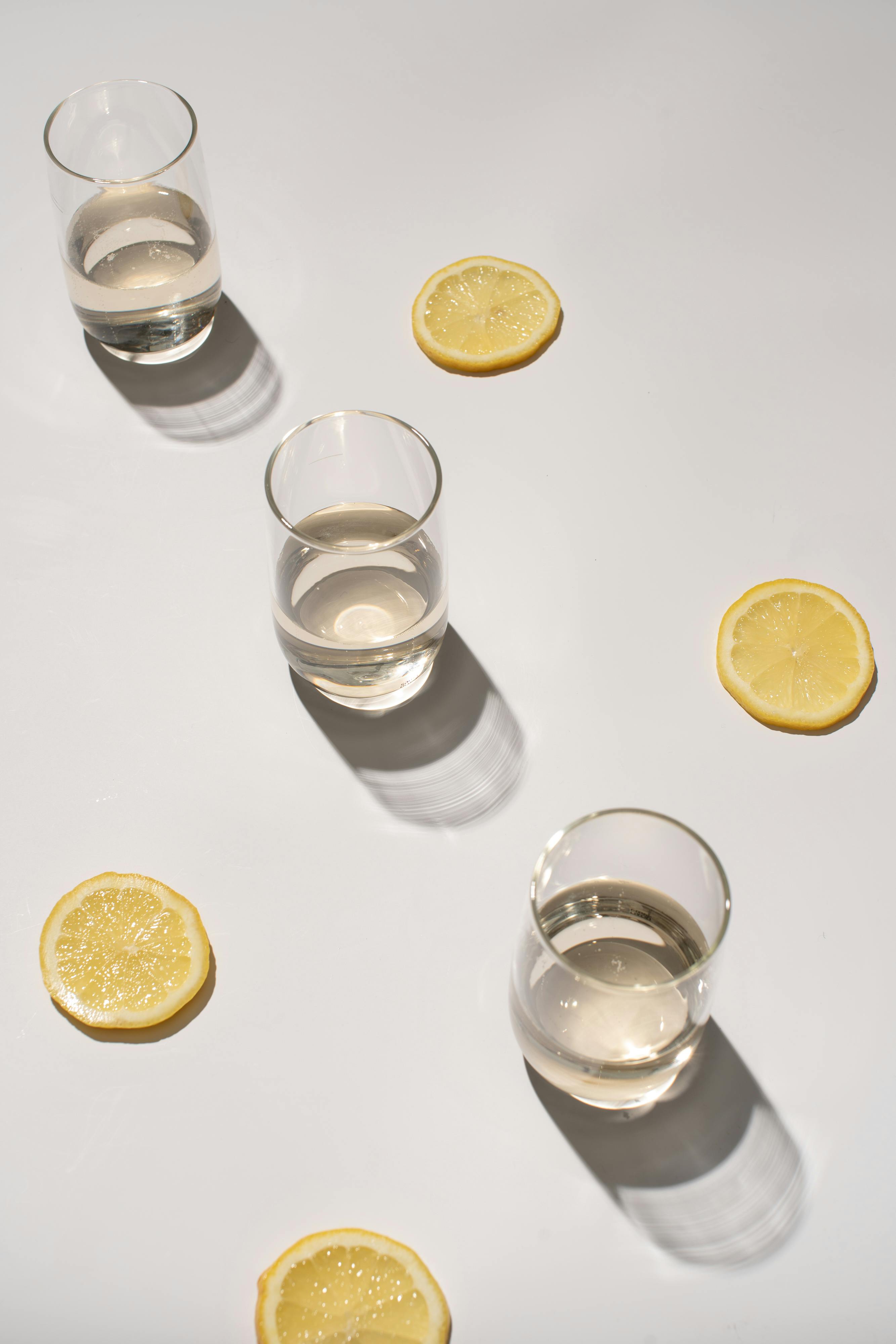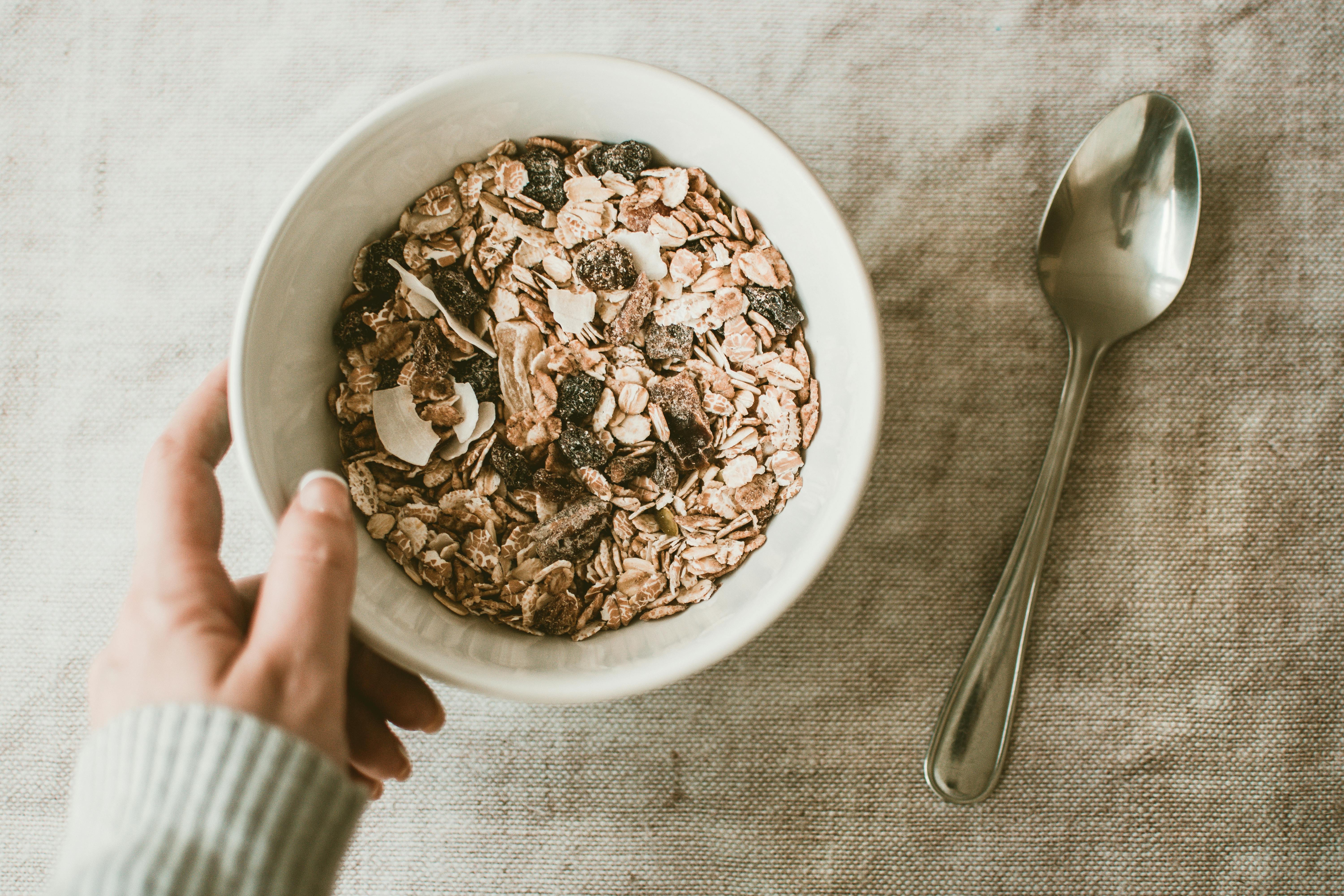Smart Ways to Optimize Your Low Residue Diet for Colonoscopy 2025

Complete Guide to Low Residue Diet for Colonoscopy Preparation in 2025
Preparing for a colonoscopy can be a daunting process, especially when it comes to understanding the specific requirements of a low residue diet. This guide will walk you through the essentials of a low residue diet, focusing on how it relates to colonoscopy preparation. From what to eat to what to avoid and tips for meal planning, this overview ensures you’re well-equipped to undergo your procedure with confidence.

Understanding the Low Residue Diet
The low residue diet is designed to decrease the amount of undigested food that passes through your intestines, which is important for colonoscopy preparation. By limiting fiber intake, this diet helps in minimizing stool bulk and ensures a clearer view for the doctor during the procedure. The primary goal is to avoid foods that will create excess residue in the bowel. Common restrictions include removing nuts, seeds, whole grains, and certain fruits and vegetables.
Key Principles of the Low Residue Diet
When adhering to a low residue diet, it's essential to focus on easy-to-digest foods. This includes items like well-cooked meats, white rice, and refined pasta. For example, avoid high-fiber foods such as bran cereals or whole grain bread. Instead, opt for white bread or plain bagels, which have a more digestible structure. These modifications will help keep your digestive tract less stimulated leading up to your colonoscopy.
Building Your Low Residue Meal Plan
Creating a practical meal plan doesn’t have to be tedious. Begin your day with simple options like low residue breakfast ideas. Scrambled eggs with white toast or oatmeal made with white rice and a splash of almond milk are good starting points. At lunchtime, incorporate low residue lunch options such as a chicken breast with mashed potatoes or a plain sandwich made with white bread. Dinners can be simple too – think baked fish with well-cooked carrots. Avoid foods high in fiber, as they disrupt the digestive process.
Foods to Include and Avoid
Knowing which foods to include in your colonoscopy diet plan is crucial. Focus on common low residue foods that are digestible yet nutritious. This includes lean proteins, clear broths, and certain cooked vegetables. On the contrary, you should inherently avoid fibrous foods such as legumes and some high-fiber grains, as they may obstruct the preparation process.
Colonoscopy Food Recommendations
Dedicated attention should be given to colonoscopy food recommendations. Foods such as eggs, tofu, white rice, and dairy products like yogurt are optimal for intake before the procedure. Don't forget the hydration - it’s vital to consume clear liquids such as broth, tea, and juice to stay hydrated during this period. Adequate hydration not only aids in digestion but keeps your stool softer as well.
Snacks for Colonoscopy Prep
Healthy snacking during the pre-colonoscopy diet could pose a challenge, but plentiful options exist. Consider low residue snacks like plain crackers, bananas, or applesauce. These options will provide energy without overwhelming your digestive system. Just be sure to avoid dried fruits or any products high in fiber or added seeds, as these can interfere with your colon preparation.
Implementing a Clear Liquid Diet
As the procedure date approaches, healthcare providers typically recommend transitioning to a clear liquid diet. This pre-colonoscopy diet phase allows for clearer imaging during the colonoscopy. Acceptable items include clear broth, plain gelatin, and clear juices without pulp. A well-balanced clear liquid diet helps to maintain hydration while ensuring your digestive tract is minimalized in residue content.
Hydration Before Colonoscopy
Staying hydrated is crucial, especially leading up to the procedure. Adequate hydration before a colonoscopy prevents constipation and promotes digestive health. Aim to drink a variety of safe beverages before colonoscopy, including water, electrolyte replenishing drinks, and clear ​broths. Monitoring your fluid intake will not only assist with the prep but also with maintaining your overall wellbeing while awaiting the procedure.
Addressing Common Concerns
Many individuals express concern over the limitations of a low residue diet. It’s important to keep in mind that with a beneficial meal plan, your nutrition needs can still be met. For example, consider blending your favorite fruits into smoothies, making them more digestible and enjoyable while adhering to dietary restrictions. Engagement in active meal planning will help ease worries surrounding food deprivation during preparation.
Key Takeaways for Success
Implementing a proper low residue diet as you prepare for a colonoscopy significantly impacts the process's effectiveness and outcomes. By prioritizing easy-to-digest foods, staying hydrated, and adhering to recommended eating restrictions, you're establishing a solid foundation for success. Remember to engage with your healthcare provider for tailored advice and dietary adjustments regarding preparations for your procedure by managing your intake effectively.
FAQ
1. What foods should I avoid before a colonoscopy?
Avoid high-fiber foods, such as whole grains, nuts, seeds, and raw vegetables. Staying away from these items is essential for reducing residue in the intestines and improving the effectiveness of the colonoscopy preparation process.
2. Can I drink coffee on a low residue diet?
Generally, yes, if consumed without cream or non-digestible particles. Black coffee can be included in moderation during a low residue diet, but ensure it's consumed clear of additives that might thicken the liquid.
3. How long should I follow the low residue diet before my colonoscopy?
It's commonly advised to start a low residue diet at least three days before your scheduled procedure, followed by a clear liquid diet the day before to maximize the clarity of the colonoscopy.
4. Are there any safe snacks I can enjoy during this diet plan?
Yes, safe snacks include plain crisps, bananas, or gelatin. Avoid anything with fiber or potential seeds, focusing on items that digest easily to ensure the low residue requirement is met.
5. What are some benefits of a low residue diet for colonoscopy preparation?
Benefits include reduced bowel residue which leads to clearer images during colonoscopy, improved digestive comfort during the preparation phase, and enhanced overall outcomes for screening and diagnostic purposes.
6. Is there a meal plan I can follow for convenience?
You might find it helpful to follow a structured mealtime outline, focusing on easy-to-digest proteins at breakfast, a well-cooked protein with non-fibrous carbs at lunch, and a light clear soup at dinner. Always consult your healthcare provider for personalized suggestions.
7. What if I have dietary restrictions or allergies?
If you have specific dietary restrictions or allergies, it’s crucial to work with your healthcare provider to identify suitable alternatives that adhere to the low residue diet while ensuring you receive proper nutrition.
